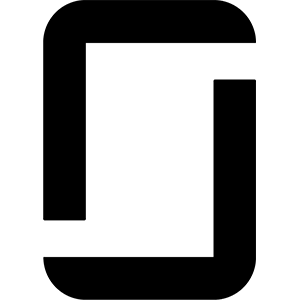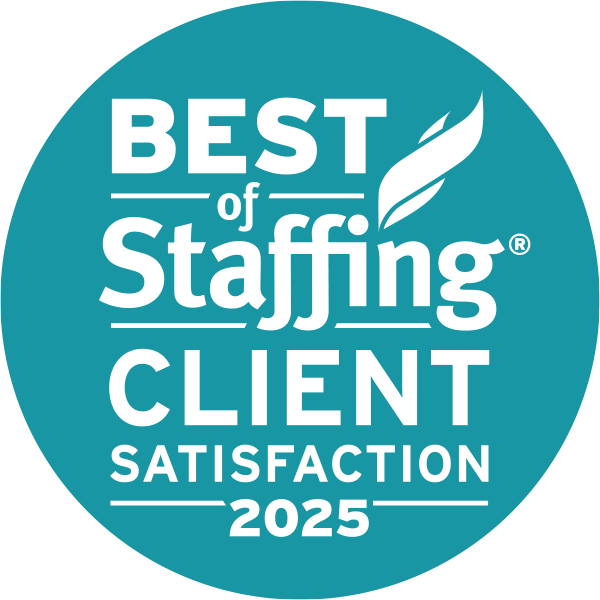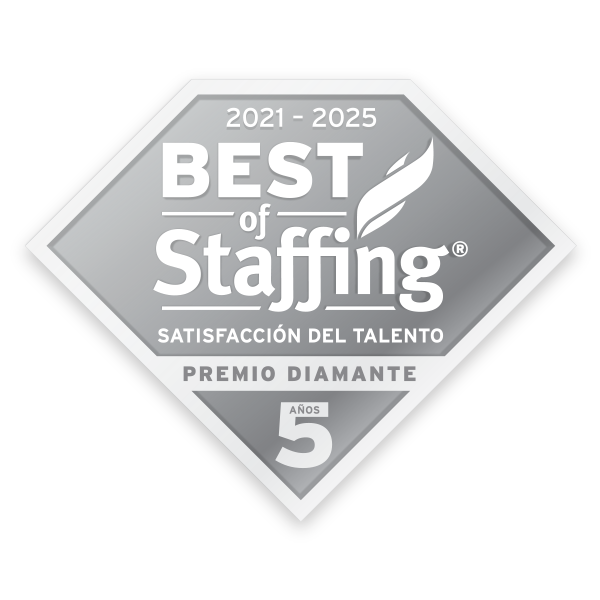
Artificial intelligence (AI) has never been more powerful, but it’s rarely used to its full potential. As AI tools continue to advance, there’s a growing divide between what they can do and what creative teams actually do with them. The truth is, most users produce mediocre outputs not because the technology isn’t good enough, but because their approach is falling short.
While 92% of companies plan to increase their AI investments, only 1% are currently making the most of today’s tools. Some assume AI will do the heavy lifting without much effort. Others simply haven’t had time to keep up with the latest updates and features. But most would agree, results don’t come from tools alone—they come from knowing how to use them.
At our recent AI webinar, What’s Possible & What’s Next, award-winning creative director and workshop instructor, Ross Patrick, demonstrated how far AI has come—and how far many users still have to go. More than just showcase recent AI advancements, he revealed the way he uses them to do what others simply cannot. Here are seven practical insights to help you and your creative team do the same.
1. Ask AI how to use it best.
 ChatGPT. Midjourney. Runway. Ross began the webinar with a rapid-fire overview of today’s top AI tools—covering more ground in a few minutes than written words could ever capture. What transpired over the next hour was as much a presentation about the tools as it was a demonstration of his talent.
ChatGPT. Midjourney. Runway. Ross began the webinar with a rapid-fire overview of today’s top AI tools—covering more ground in a few minutes than written words could ever capture. What transpired over the next hour was as much a presentation about the tools as it was a demonstration of his talent.
One of his first key takeaways: skilled creatives don’t just create with AI; they learn from it. Unlike other tools, AI can help teach you how to use it best. While it’s no replacement for an experienced mentor, its prompting abilities and knowledge of the world has dramatically improved over time. That’s why, in nearly every workshop he leads, Ross goes beyond sharing insights. He also shows professionals how to use AI to teach themselves.
Offering participants a peek behind the scenes of his AI-enhanced creative process, Ross revealed how he built a Nike Trail spec ad campaign from start to finish. He began by asking ChatGPT how to improve his prompts, structure campaign planning, and make the most of its own features. Then, combining the platform’s responses with his own expertise, he generated production-ready ad copy and visuals the average user couldn’t imagine.
Skilled creatives don’t just create with AI; they learn from it.
2. Teach your AI to amplify your talent.
 “Water wins. Every time.” “Mud. Sweat. No tears.” “Your feet called. They hate you.” The ChatGPT-generated headlines were good. Too good, in fact, to believe a machine had written them—until Ross reminded us that it hadn’t. Not alone, anyway. He not only crafted the prompts; he trained the models.
“Water wins. Every time.” “Mud. Sweat. No tears.” “Your feet called. They hate you.” The ChatGPT-generated headlines were good. Too good, in fact, to believe a machine had written them—until Ross reminded us that it hadn’t. Not alone, anyway. He not only crafted the prompts; he trained the models.
Across AI tools—memory capacity, learning capabilities and customization features are rapidly improving. As AI gets better at learning, users need to get better at training and take advantage of the features at their disposal. Instead of opening a new thread for every task, consider building custom GPTs that speak in your brand voice, understand your goals, and mirror your creative standards.
Don’t just use separate GPTs for different brands; use them for different assignments—one for articles, another for social, a third for visuals, and so on. Each can be tailored by style or need. Custom GPTs and trained threads are among the most powerful ways to scale production without sacrificing quality. And the more you teach them, the more effective they’ll be.
“Your feet called. They hate you.”
3. Leverage AI for search & deep research.
Just a few months ago, deep research would take professionals anywhere from hours to weeks. Today, you can use AI to source links, cite references, and synthesize vast amounts of information in minutes. Leveraging ChatGPT’s recently launched Deep Research function, Ross turned a single prompt into a verifiable multi-page report on the history of Nike.
Still, some professionals shy away from AI-assisted research—fearing hallucinations or inaccuracies. But human research isn’t infallible either. The answer isn’t avoiding AI. It’s verifying the facts, expanding upon what you’re given, and turning it into something even better.
For Ross’ Nike Trail spec campaign, Ross didn’t settle for the first report he generated. He also used ChatGPT’s Search function to get shorter, faster responses based on real-time web information. Then, toggling between features, the veteran turned his outputs into competitive analysis, brand positioning, and audience insights. He asked for sources. He dug into the results. And he used those findings as a foundation for his creative work, not a substitute for it.
4. Don’t skip production steps, enhance them.
“Nike Trail isn’t just about running—it’s about escape. It’s about the dirt, the sweat, the struggle, and the raw, untamed thrill of the trail.” These were the opening words of the ‘Brand Voice and Vibe guide’ Ross generated next. But he didn’t start there, and he didn’t stop there either.
AI is not a shortcut to bypass the creative process; it’s a tool to enhance your work at every stage. Ross’s powerful demonstration included a step-by-step breakdown of his full campaign workflow. Beyond research, he leveraged AI for:
-
-
- Brand Strategy & Brief Development
- Prompt Engineering
- Social Copy Development
- Image Creation
- Visual Refinement
- Storyboarding
- Video Production Preparation
- Animatic Creation
-
Many businesses would have used the visuals Ross generated as end deliverables. In some cases, they’d be right to do so. But if he were commissioned to execute this campaign, Ross would have used his AI art and animatic as high-quality starting points for a real-world shoot. While tools like Runway have come a long way, you can’t use them to create photo-realistic, visually consistent videos of every product… yet. Within a year, that could very well change.
AI is not a shortcut to bypass the creative process.
5. Share chat threads & prompt better together.
 As new AI features emerge, teams need to work together to keep up. Too often, AI is used in secrecy. But when organizations adopt tools transparently, formalize policies, and foster collaboration—success follows. Go beyond encouraging AI use to training teams, sharing prompts, continuing each other’s chats, and collaborating with models together.
As new AI features emerge, teams need to work together to keep up. Too often, AI is used in secrecy. But when organizations adopt tools transparently, formalize policies, and foster collaboration—success follows. Go beyond encouraging AI use to training teams, sharing prompts, continuing each other’s chats, and collaborating with models together.
Today, ChatGPT Team and other platforms like it make this easy. ChatGPT’s often underrated ‘Shared Links’ feature allows you and your colleagues to share threads and build off each other’s prompts. Make the most of it. Create shared prompt libraries. And continuously evolve them to generate the best possible results.
Ross encouraged teams to stop working in silos and start treating AI as a collaboration tool. One team member’s best prompt or use case could be leveraged and improved upon by another. The more your team works in-sync with AI—and with each other—the more consistent, strategic, and scalable your success will become.
As new AI features emerge, teams need to work together to keep up.
6. Take the time to create options & iterations.
 “Look at this shot,” Ross said, pausing on a Midjourney-generated image of a runner tearing through a rain-slicked trail. “There’s water on the lens. That blur? That’s what I want. It’s not perfect. It’s real.” AI speeds things up, but images like that take time to fine-tune.
“Look at this shot,” Ross said, pausing on a Midjourney-generated image of a runner tearing through a rain-slicked trail. “There’s water on the lens. That blur? That’s what I want. It’s not perfect. It’s real.” AI speeds things up, but images like that take time to fine-tune.
One webinar attendee asked Ross how long it took to put this spec campaign together. They expected minutes. The answer? Hours, if not days. Without AI, that same project could have taken weeks or months. But even with AI, it required patience, testing, and iteration.
On projects like this, Ross and his team would generate hundreds—sometimes thousands—of outputs before selecting the final few. Then, they refined the prompts, edited the copy, and adjusted the style again and again. That’s not a flaw in the system. That’s how you get results.
7. Know your talent sets you apart.
“This is a new camera. A new typewriter. But you don’t get paid less because the tool is faster,” Ross explained, describing the difference between AI and the minds behind it. “You get paid for what’s in your head.” Everyone has access to AI tools. Not everyone has human skills.
To generate attention-grabbing headlines, Ross gave ChatGPT brand-specific instructions. When directing AI video sequences, he used cinematography terms that the average user simply wouldn’t know to include. Throughout his prompts, he referenced professional lighting setups, camera angles, emotional tone, and brand strategy.
This is where training, expertise, and creative instincts come in. Anyone can ask AI to “write better” or “make a cool image.” Only skilled talent can describe what “better” means, deliver clear creative direction, and draw from proven experience.
Everyone has access to AI tools. Not everyone has human skills.
Final Thoughts
 As powerful as today’s tools are, they’re only getting smarter. In the next year alone, we can expect enhanced voice command capabilities, higher quality video outputs, quicker intuitive iteration cycles and far more.
As powerful as today’s tools are, they’re only getting smarter. In the next year alone, we can expect enhanced voice command capabilities, higher quality video outputs, quicker intuitive iteration cycles and far more.
But perhaps the biggest shift will be in how we think about AI itself. It isn’t here to replace us all, circumvent the creative process, or generate generic work fast. It’s here to amplify, elevate and accelerate talent. It calls for experimentation. It takes time. And above all, it demands skill.
So, whether you’re first exploring possibilities out or scaling AI adoption across your organization, remember this: The gap between average and exceptional isn’t in the technology. It’s in the approach. Train your models. Share your insights. Keep iterating. And invest in human expertise. Because in this new era, you need more than AI or talent alone to achieve creative excellence; you need AI-skilled talent. And the difference is everything.
About the Host and Speaker
Onward Search Onward Search has specialized in staffing and talent solutions at the intersection of creative and technology for 15+ years. Now, we’re helping our clients find AI-skilled professionals, upskill creative teams, and engage strategic consultants.
Ross Patrick is an award-winning creative director and AI educator with over 30 years of experience working with brands like Nike, Amazon, and Starbucks. He also leads Onward Search’s AI training programs, teaches at Academy of Art University, and founded the creative agency XTRA Bold.
Watch ‘What’s Possible & What’s Next’
View a high-definition recording of the entire webinar. Witness the end-to-end Nike Trail demonstration, see Ross’ insights in action, and learn what your creative team can achieve with AI in 2025.
Request AI-Skilled Talent or Training
Request services or additional information. We’ll respond within 24 hours to support you.











